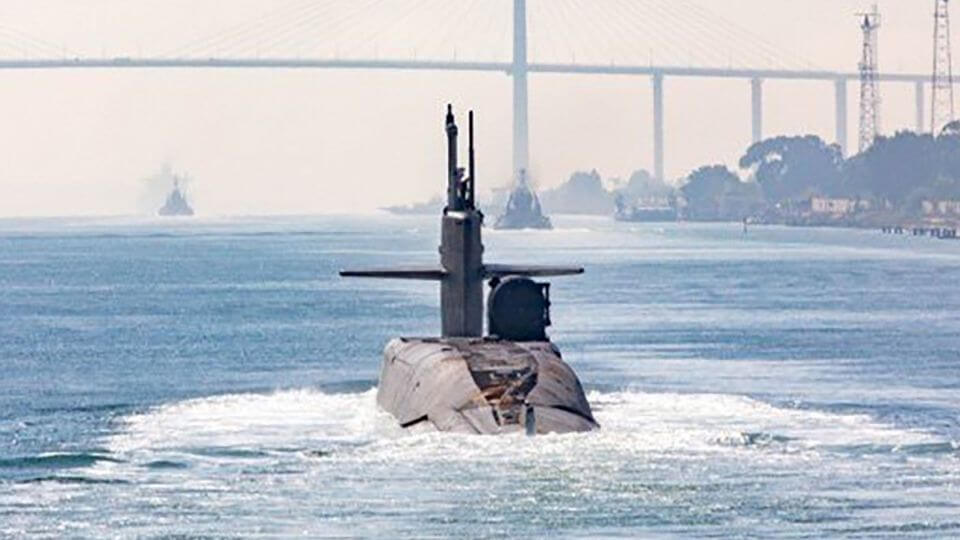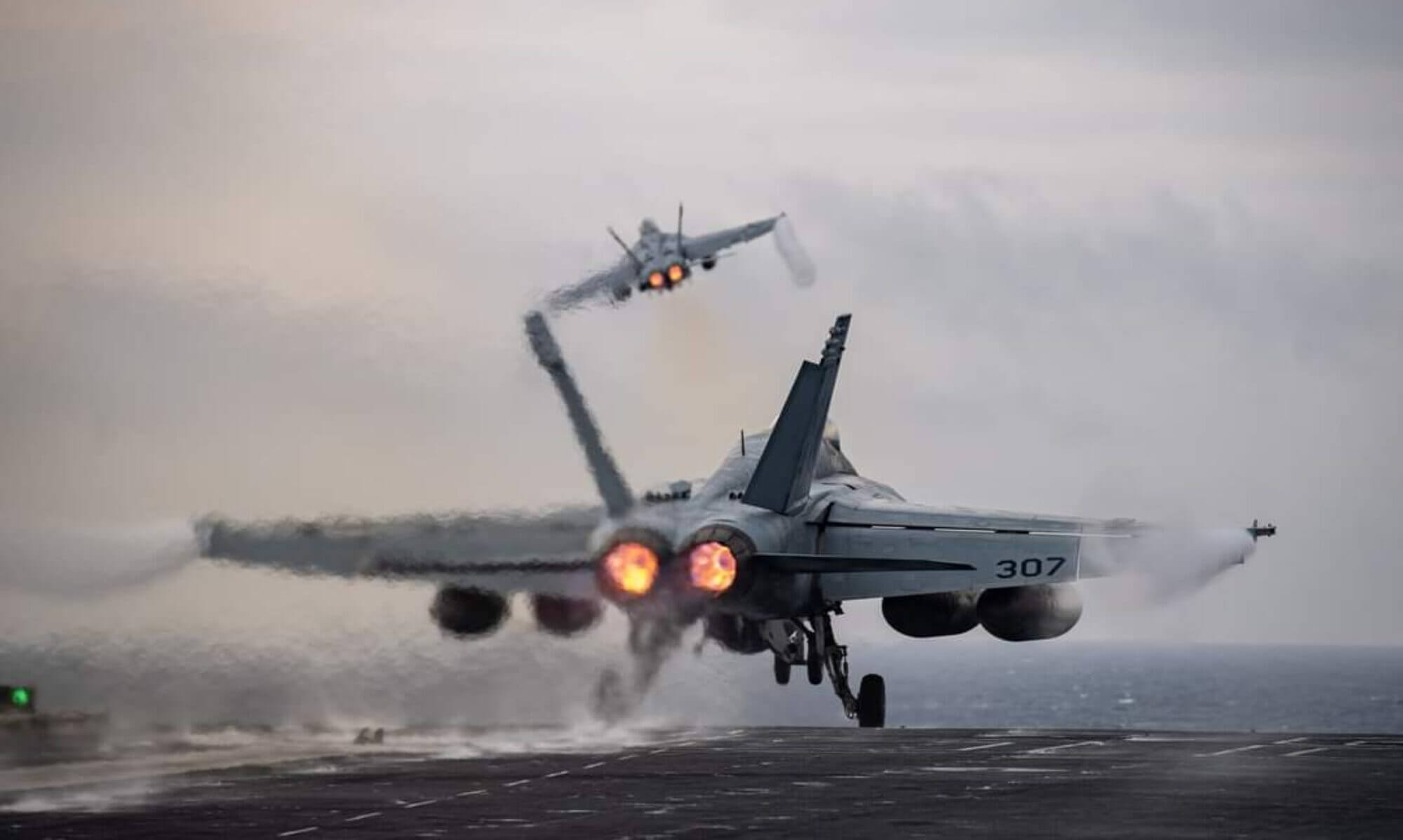
Introduction
As Americans for a Stronger Navy, we stand with our brave sailors and Marines who are serving in the Middle East amid the ongoing turmoil and violence. We salute their courage and dedication to protect our nation and our allies from the threats posed by those that would harm us and we pray for their safety.
In a rare and bold move, the US military announced on Sunday that an Ohio-class guided missile submarine had arrived in the Middle East, a clear message of deterrence to our regional adversaries according to press reports.
The Ohio-class submarines are among the most formidable weapons in the US arsenal, capable of carrying up to 154 Tomahawk cruise missiles, each with a 1,000-pound high-explosive warhead. These submarines can deliver a lot of firepower very rapidly and accurately, and no opponent of the US can ignore their presence.
The announcement of the submarine’s arrival in the Middle East is unusual and significant, as the US military rarely discloses the movements or operations of its fleet of ballistic and guided missile subs. The deployment comes as the Biden administration is trying to avoid a broader conflict amid the Israel-Hamas war, and to prevent Iran and its allies from opening new fronts against Israel or attacking US bases and interests in the region.
The submarine’s location and range suggest that it is focused on the threats in and around the Mediterranean, where Hezbollah, the Lebanese militant group backed by Iran, has fired rockets and drones at northern Israel, and exchanged fire with Israeli forces on the border.
The submarine could also target the Houthi rebels in Yemen, another Iran-supported group that has launched missiles and drones at Israel from across the Red Sea.
Additionally, the submarine could deter or respond to any aggression from Iran itself, or from its proxies in Syria and Iraq, where they have been firing rockets and drones at US military bases.
The presence of the submarine in the Middle East has important implications for the regional security and stability, as it demonstrates the US commitment and resolve to defend its allies and interests, and to deter or retaliate against any attack.
The submarine also adds to the existing US naval assets in the area, including two carrier strike groups and an amphibious ready group, creating a formidable force that can project power and influence across the region. The submarine’s deployment could also affect the ongoing negotiations with Iran over its nuclear program, as it shows the US willingness and ability to use military force if diplomacy fails.
The submarine’s deployment demonstrates the US commitment and resolve to defend its allies and interests, and to deter or retaliate against any attack. The submarine also adds to the existing US naval assets in the area, creating a formidable force that can project power and influence across the region.
The Ohio-class submarines and the US Navy are vital for the national security and the global peace, as they protect our freedom, preserve our economic prosperity, and keep the seas open and free.
U.S. Has 4 Objectives in Middle East says DOD
The Defense Department currently has four lines of effort in the Middle East, said Pentagon Press Secretary Air Force Brig. Gen. Pat Ryder, who briefed the media today.
Protection of U.S. forces and citizens in the region.
Flow of critical security assistance to Israel as it defends against further Hamas terrorist attacks.
Coordination with the Israelis to help secure the release of hostages held by Hamas, to include American citizens.
Strengthening of force posture across the region to deter any state or nonstate actors from escalating the crisis beyond Gaza.
Strengthened force posture includes the deployment of the USS Gerald R. Ford and USS Dwight D. Eisenhower Carrier Strike Groups, which are currently in the U.S. Central Command area, along with an Ohio-class submarine.
Over the past few weeks there have been attacks by Iranian proxy groups at al-Asad air base, Iraq, and al-Tanf, Syria, on U.S. forces there, Ryder said.
The attacks, by drones and missiles, resulted in several dozen injuries, including a mix of minor injuries and traumatic brain injuries, he said.
Some of those injured didn’t immediately report their condition, he said.
“The reporting data is highly dependent on self-reporting when individual injuries are not visually evident to medical personnel providing care directly following an incident,” he said.
As Americans for a Stronger Navy, we support and advocate for a strong and modern naval force that can meet the challenges and opportunities of the 21st century.
We urge you to join us in our mission and to help us spread the word about the importance and value of the US Navy. Together, we can make a difference for our nation and our world through peace by strength.

